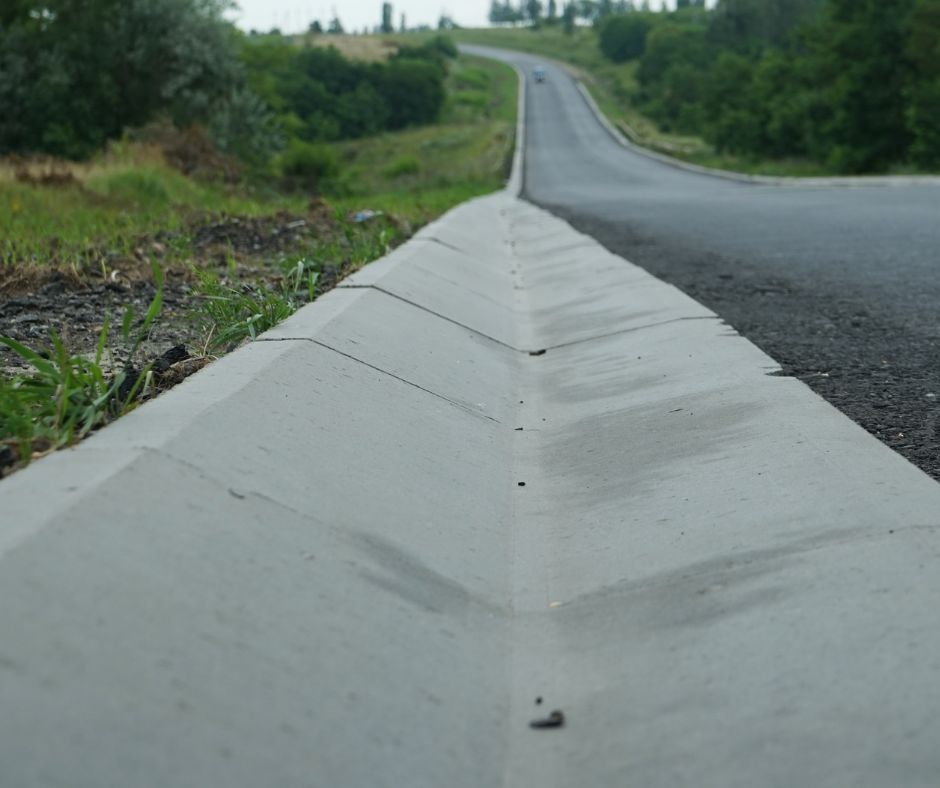Mastering Surface Water Drainage on Sloped Properties for Home Protection
Effective management of surface water drainage is crucial for safeguarding your home, especially when dealing with sloping properties. Poor water management can lead to severe issues, including flooding, structural damage, and soil erosion, which can compromise the safety of your living space. To shield your property from these risks, it is essential to implement proactive strategies. Engage with your neighbors regarding water runoff concerns and collaborate with your local council on impactful stormwater management initiatives. By taking these proactive steps, you can significantly reduce the potential for damage, enhancing the overall resilience of your home against water-related threats. This ensures the long-term safety and stability of your property.

Identifying Key Water Sources for Effective Drainage Solutions
Understanding the origins of water-related challenges is essential for implementing successful solutions. Water issues can arise from various sources, and accurately identifying these origins represents the first crucial step in effectively addressing them:
- Upslope Neighbor: Rain runoff from properties situated uphill can greatly impact your land, increasing the water load during storms and potentially causing flooding that affects your home.
- Your Property’s Slope: The natural incline of your property can exacerbate existing drainage issues, allowing water from higher elevations to overwhelm lower areas, which can lead to erosion and damage to your landscape.
- Roof Gutters and Downpipes: Overflowing gutters and poorly connected downpipes can result in localized flooding around your home’s foundation, which may cause long-term structural damage if not promptly addressed.
- Soil Composition: The presence of sandy soil over clay or underground springs can result in water accumulation, as clay restricts drainage capabilities, thereby increasing the risk for your property.
- Retaining Walls: Issues such as insufficient gravel backfill, failed waterproofing, or water pooling behind retaining walls can undermine their structural integrity and lead to further drainage complications.
Implementing Proven Strategies to Overcome Drainage Problems
Once you have identified the specific challenges affecting your property, it’s crucial to implement effective strategies to resolve them:
1. Mitigating Runoff from Upslope Neighbors
Installing surface drains, like swales or spoon drains along your property boundaries, can effectively intercept and redirect water, preventing infiltration into your soil. Ensure these drainage systems are designed to channel water into your property’s stormwater system or the street, facilitating efficient drainage and safeguarding your home from excess moisture that could lead to serious damage.
2. Controlling Water from Your Own Property
Consider installing French drains beneath the surface to capture water runoff that has already penetrated the subsoil, directing it safely away from vulnerable areas. This proactive measure is crucial for preventing soil from becoming overly saturated, which could lead to additional weight and soil movement, ultimately impacting landscaping features such as retaining walls and raised garden beds.
3. Upgrading Overflowing Gutters
Enhance your gutters and downpipes by opting for higher-capacity options that can handle heavy rainfall. Additionally, think about installing gutter guards to prevent debris accumulation. Explore self-cleaning gutter profiles as a sustainable solution for ongoing maintenance. It’s critical to ensure that your downpipes are properly connected to the stormwater system or a designated outlet, avoiding direct discharges into ag pipes that may lead to blockages and result in drainage failures.
4. Verifying Downpipe Discharges
Ensure that all downpipes discharge water downstream of your home. Ideally, all downpipes should connect to underground drainage systems that effectively channel water away from your foundation. This practice is essential for protecting your property from potential water damage and ensuring long-term structural integrity.
5. Addressing Underground Springs
For properties with springs or areas where creeks have been previously filled, it is crucial to effectively collect and redirect this water. This process may necessitate geological assessments to ensure proper management and mitigation of water flow, preventing unexpected flooding and damage to your premises.

Adopting a Comprehensive Approach for Effective Stormwater Management
For optimal stormwater management, homeowners should adopt a holistic approach that integrates a variety of strategies:
- Prioritize Regular Gutter Maintenance: Routinely clean gutters and downpipes to eliminate debris and prevent overflow issues. Confirm that all downpipes effectively discharge water away from your foundation by connecting them to underground drains or the stormwater system.
- Install Spoon Drains: Position spoon drains along driveways or paved areas to intercept water and redirect it before it can pool around your foundation, significantly lowering the risk of water damage.
- Incorporate Swales: Utilize swales in areas where water flow is prominent to naturally manage runoff and efficiently disperse excess water, contributing to a well-managed landscape.
- Complement with French Drains: In areas where water has already infiltrated the ground, French drains can capture and redirect underground water, working synergistically with surface solutions such as spoon drains and swales.

Effective Techniques for Diverting Surface Water Away from Your Property
One of the most effective methods to protect your home is to proactively prevent surface water from reaching it in the first place. Two highly efficient techniques for managing surface runoff are spoon drains and swales. By implementing these solutions, you can significantly decrease the risk of water-related damage, thereby enhancing the overall safety and integrity of your property.
Discover the Advantages of Spoon Drains for Optimal Water Management
Spoon drains are shallow, concrete-lined channels specifically designed to collect and redirect surface water away from your home. When strategically installed along the edges of driveways, paths, or property boundaries, these drains effectively prevent water from flowing toward your foundation. Their unique curved design ensures efficient water capture, even during heavy rainfall, guiding runoff safely to stormwater systems or designated outlets for proper drainage.
Maximizing Water Management with Sustainable Swales
Swales are gently sloped, grass-covered ditches designed to slow and redirect water flow effectively. These visually appealing features are particularly beneficial for larger properties or those with expansive acreage, as they can seamlessly blend into the landscape. Swales not only capture and disperse runoff but also play a vital role in reducing erosion and promoting natural infiltration into the soil, ensuring that water is managed sustainably and effectively.
Act Now to Protect Your Home from Surface Water Issues
Don’t allow water to compromise your home’s foundation or structural integrity. Contact SoccerBets Plumbers today to discover how our drainage experts can effectively address the surface water drainage challenges you are facing. Trust the expertise of Sydney Drainage Plumbers to protect your property against water-related issues and ensure a dry, secure environment for you and your family.
Surface Water Drainage And Stormwater Management
The Article: Surface Water Drainage and Effective Stormwater Solutions first appeared on https://writebuff.com
The Article Effective Stormwater Solutions for Surface Water Drainage Was Found On https://limitsofstrategy.com
References:
Effective Stormwater Solutions for Surface Water Drainage




